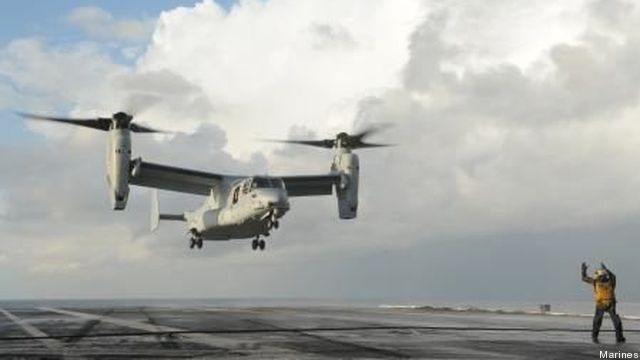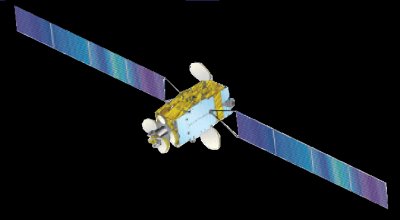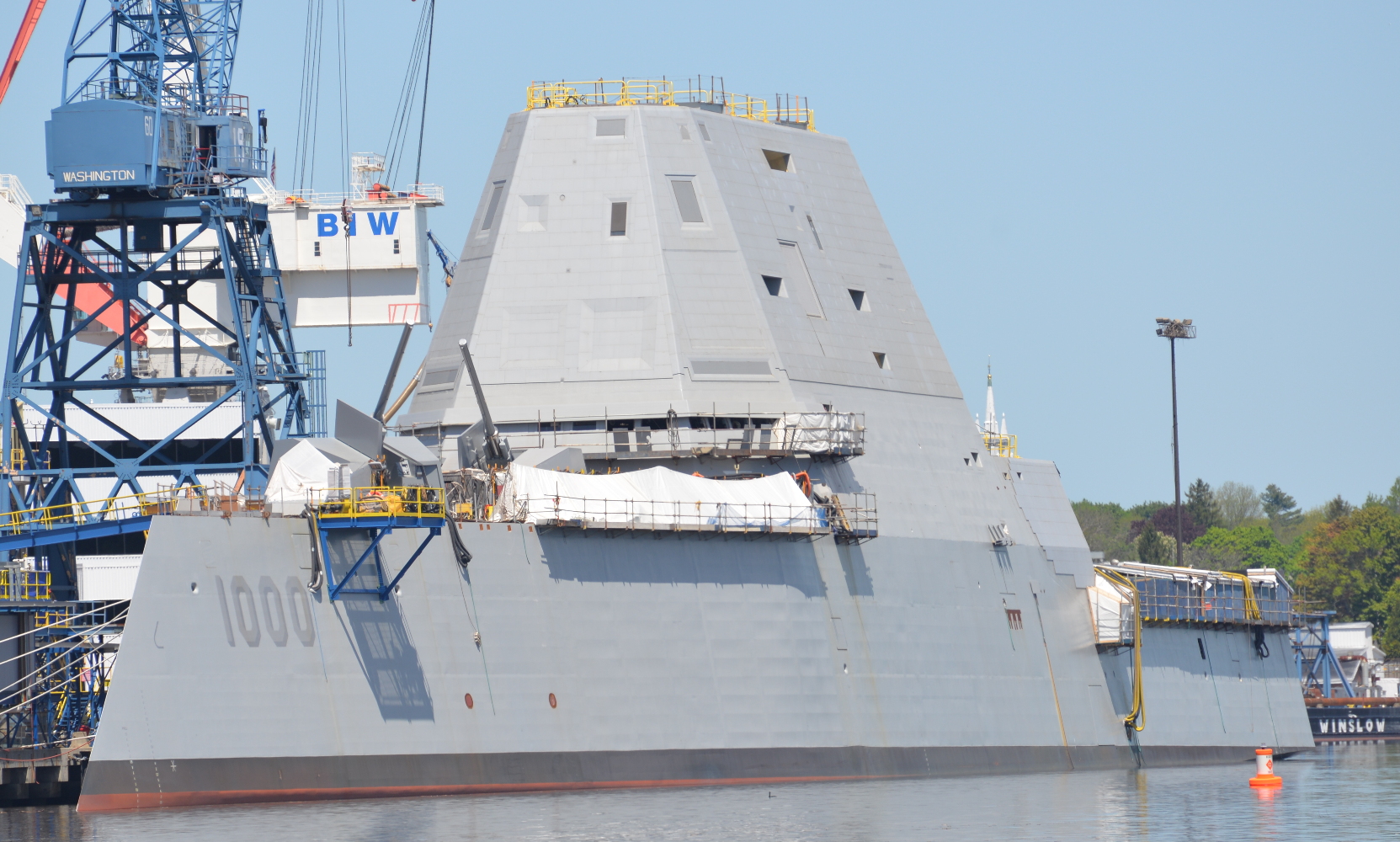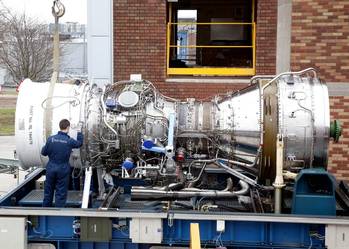 |
| Current COD C-2A Greyhound |
C-2 Greyhound Carrier On-Board Delivery Aircraft - Naval Technology
Northrop Grumman is currently working on the resupply of the upgraded C-2A version. In November 2008, the company also obtained a $37m contract for the maintenance, logistics and aviation administration services over five years for the C-2A fleet assigned to air test and evaluation squadron 20 (VX-20) at Patuxent River.Battle brews over US Navy C-2A Greyhound replacement - 4/10/2013 - Flight Global
A service life extension programme (SLEP) is being carried out to improve the operating service life of the reprocured aircraft, achieving a viable and economically maintainable platform until it is replaced. The programme will increase its service life from 15,020 to 36,000 landings and from 10,000 to 15,000 flight hours. The SLEP involves structural enhancements to the centre wing, an aircraft rewire, a new propeller system and improvement of the avionics systems.
Bell-Boeing, with the strong backing of the US Marine Corps, is urging the USN to replace its C-2s with its V-22 Osprey tiltrotor. While the navy is officially on board to buy 48 Ospreys, the service has never found a niche for the machine nor has it allocated funding to pay for those aircraft.US Navy Eyes C-2, H-60 Replacement Programs | Defense News | defensenews.com
For Bell-Boeing, an opportunity arose when a USN analysis of alternatives showed that the only suitable follow-ons to the Greyhound for the carrier onboard delivery (COD) mission were the V-22 or a modernised C-2. A draft request for proposal might be issued as early as 2014.
The newest C-2A dates from 1990, and the service is planning to award a replacement contract in 2016. Among the contenders are an updated version of the C-2A from Northrop, and a COD version of the Bell-Boeing MV-22 Osprey tilt-rotor aircraft.The Future COD Aircraft Contenders: The Northrop Grumman C-2A Greyhound | Defense Media Network
“Frankly, we’re looking at tilt-rotors as a potential option to replace the COD in the future. It’s a pretty versatile capability,” Rear Adm. Bill Moran, the US Navy’s director of air warfare at the Pentagon, said during a recent interview.
While the flexibility of a tilt-rotor is attractive, the Osprey has its issues.
Although the C-2s entered the fleet in 1966, the 35 aircraft currently flying are “reprocured” C-2As acquired in the mid-1980s. Those aircraft have just undergone a service life extension program upgrade (SLEP), which will keep them serviceable until the mid-2020s. “There’s a lot of life left in these airplanes,” says Steve Squires, director of product support and sustainment for Northrop Grumman’s E-2 and C-2 programs.Navy Considers Aircraft for Future Carrier Delivery Mission | DoD Buzz
Rather than replace them at that time, Northrop Grumman is proposing a modernization approach that would give the C-2 the same wings, glass cockpit and engines as the E-2D Advanced Hawkeye.
The Navy is evaluating a range of aircraft as possible future platforms to perform landing, take-off and delivery missions of supplies and personnel onto aircraft carriers at sea, service officials said.Navy Considers Aircraft for Future Carrier Delivery Mission | global aviation report
A new-build aircraft, V-22 Osprey, S-3 Viking aircraft and upgraded C-2 Greyhound plane are among the range of options currently being considered by the Navy for the Carrier Onboard Delivery, or COD, mission, said Brian Scolpino, COD recapitalization manager.
Whichever aircraft is chosen will need to meet a range of mission-specific requirements such as the ability to transport 26 passengers and carry 10,000-pounds of cargo for distances up to 1,150 miles, he said.
Editor’s note: If it ain’t broke, don’t fix it! C-2 has performed this job magnificently for years. It has parts commonality with the E-2C (D if new buy) Hawkeye for maintenance purposes. Its turbo-props offer good fuel economy at lower operating altitudes. If it can’t hold an F-35 engine (one of the selling points for pulling S-3s out of the D-M Boneyard and giving them a new fuselage) then buy new-build Greyhounds with improved T56-A-427A turboprop engines (has extreme reliability, new six-bladed scimitar propellers) and a bigger fuselage to accommodate the Lightening II’s engine (how hard can that be?). Or carry spare engines on-board the CVN and if needed use an MH-53 with a special sling for F135 transport. The -53 can be refueled in-flight to extend its range (now projected at 288 miles) if needed.NAVY CONSIDERS AIRCRAFT FOR FUTURE CARRIER DELIVERY MISSION | Article - Mon 29 Sep 2014 06:14:45 PM UTC | airsoc.com, reach for the sky.
 |
| Landing a V-22 Osprey helicopter-style on aircraft carrier USS George H.W. Bush |
The C-2 will soon be “an obsolete carrier on-board delivery platform,” said Marine Col. Greg Masiello, who as V-22 program manager for the Naval Air Systems Command is openly advocating the Osprey as a replacement. “I might be considered biased, but it’s an ideal platform for aerial resupply for the Navy.”V-22 Tiltrotor Could Revolutionize Naval Logistics In The Pacific
A Navy purchase of Ospreys is hardly a new idea. In the 1980s, when Navy Secretary John Lehman fathered the V-22 program, the Navy was supposed to buy as many as 380 for search and rescue and for anti-submarine warfare. That plan evaporated after Lehman left office in 1987, but since the 1990s, the Navy has — at least nominally — had a plan to buy 48 Ospreys. The V-22 first went into service with the Marines in 2007, though, and hasn’t been available in the past when the Navy had a suitable requirement to fill.
V-22_Navy_PC_LR.PDF










